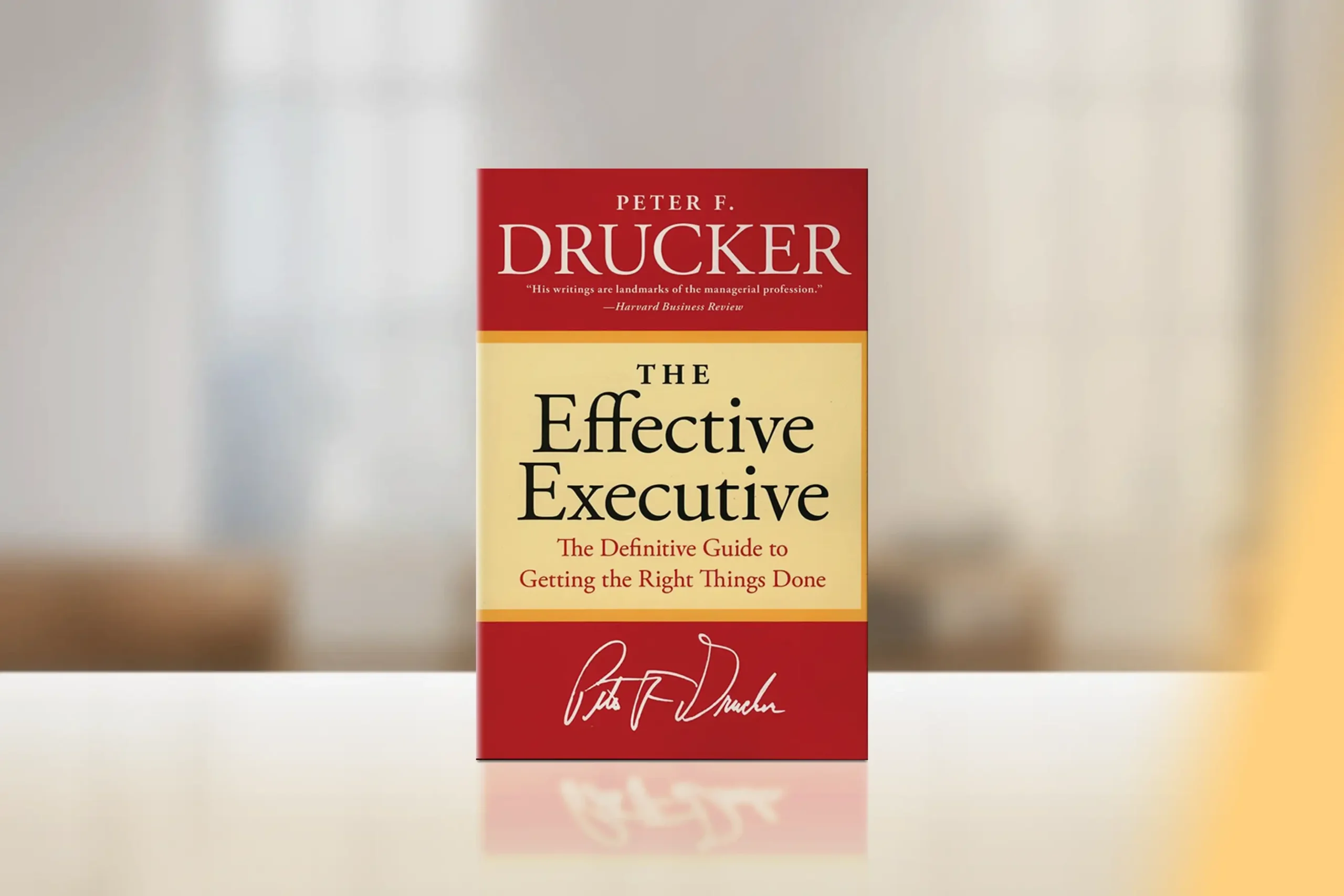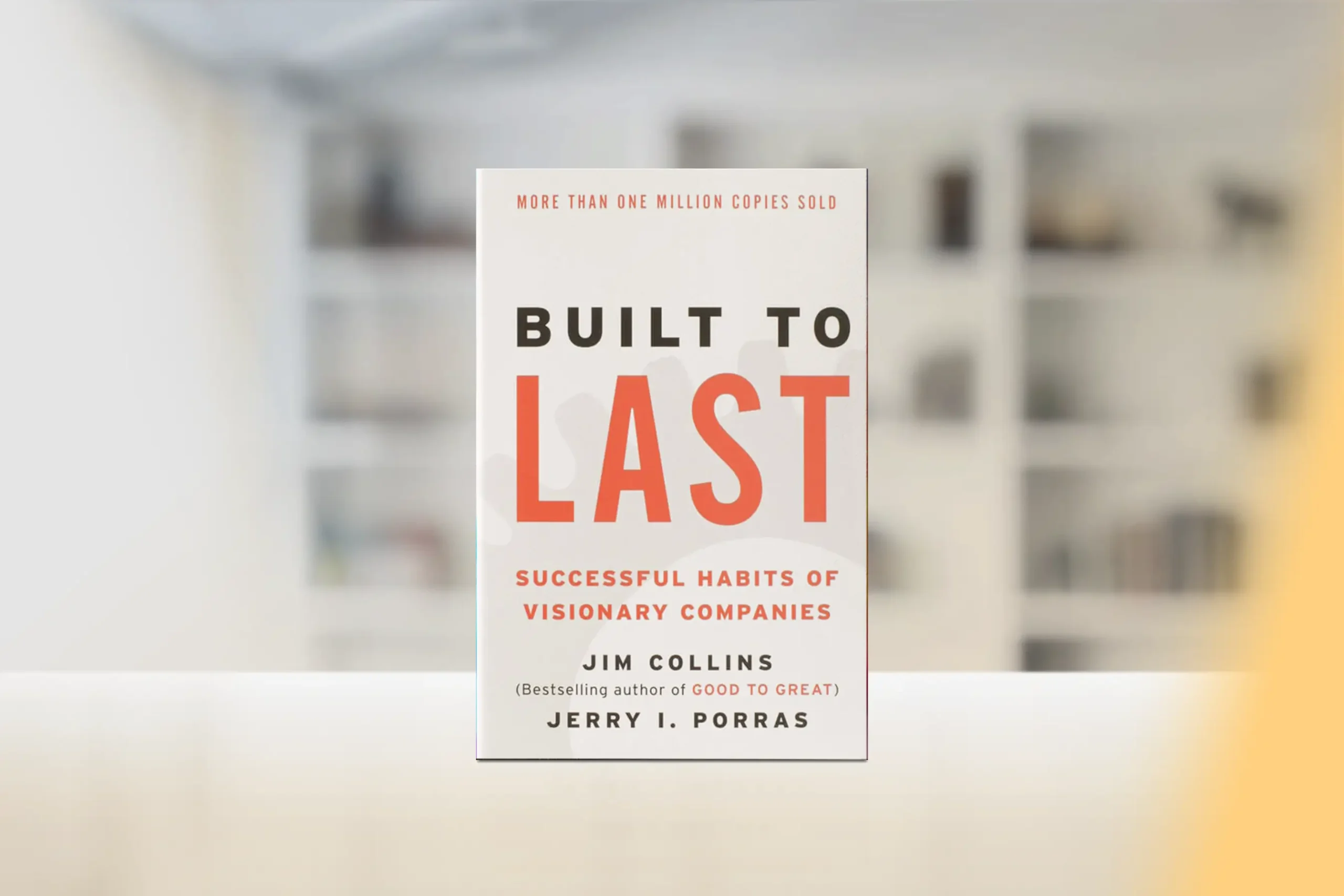Peter F. Drucker’s “The Effective Executive: The Definitive Guide to Getting the Right Things Done,” first published in 1967 and revised over the years, stands as a seminal work in the field of management and leadership.
Drucker, widely regarded as the father of modern management, distills decades of insight into this concise yet profound guide for anyone seeking to maximize their effectiveness in an organizational setting. Despite its age, the book’s principles remain remarkably relevant in today’s fast-paced, knowledge-driven economy, offering timeless wisdom on how to become a more productive and impactful leader.
Core Concepts
Drucker presents several key principles in The Effective Executive that form the foundation of executive effectiveness:
- Time management: Systematically managing the scarcest resource – time
- Contribution focus: Concentrating on outward contribution rather than internal processes
- Leveraging strengths: Building on one’s own and others’ strengths
- Prioritization: Focusing on the vital few tasks that will make the biggest difference
- Effective decision-making: Making decisions that have significant, positive impact
- Communication: Ensuring clear and effective communication within the organization
These concepts empower readers to dramatically improve their productivity and impact, regardless of their position within an organization.
Chapter-by-Chapter Review
Chapter 1: Effectiveness Can Be Learned
Drucker introduces the concept of effectiveness as a set of practices that can be mastered, rather than an innate talent.
Chapter 2: Know Thy Time
This chapter emphasizes the critical importance of time management, offering practical strategies for analyzing and optimizing how time is spent.
Chapter 3: What Can I Contribute?
Drucker shifts the focus from what the job requires to how one can make the most significant contribution to the organization’s success.
Chapter 4: Making Strength Productive
This section explores the importance of leveraging one’s own strengths and those of others, rather than focusing on weaknesses.
Chapter 5: First Things First
Drucker discusses the art of prioritization, emphasizing the need to focus on the tasks that will have the greatest impact.
Chapter 6: The Elements of Decision-Making
This chapter outlines a systematic approach to making effective decisions, a crucial skill for any executive.
Chapter 7: Effective Decisions
Building on the previous chapter, Drucker delves deeper into the decision-making process, offering insights on how to ensure decisions lead to positive action.
Key Strengths
- Timeless principles applicable across various industries and roles
- Clear, concise writing that distills complex concepts into actionable advice
- Emphasizes personal responsibility and continuous self-improvement
- Provides practical tools and techniques for immediate implementation
- Challenges conventional wisdom about management and productivity
Potential Drawbacks
- Some examples and contexts may feel dated to modern readers
- The focus on traditional organizational structures may not fully address modern, flexible work environments
- The dense, philosophical style may be challenging for some readers
Who This Book Is For
“The Effective Executive” is an invaluable resource for a wide range of readers, particularly:
- Managers and executives looking to enhance their leadership skills
- Knowledge workers seeking to improve their productivity and impact
- Entrepreneurs building and scaling their businesses
- Anyone interested in personal and professional development
Final Review
“The Effective Executive” remains a cornerstone text in the field of management and personal effectiveness. Drucker’s insights cut through the noise of trendy management fads, offering a clear, principle-based approach to becoming more productive and impactful in any organizational role.
The book’s greatest strength lies in its emphasis on effectiveness as a learnable set of practices. By focusing on key areas such as time management, contribution, and decision-making, Drucker provides a roadmap for continuous improvement that readers can apply throughout their careers.
While some examples may feel dated, the underlying principles are as relevant today as when they were first written. The book’s challenging, thought-provoking style encourages readers to critically examine their own practices and assumptions about work and productivity.
Rating: 4.6/5
A timeless guide that empowers readers to dramatically enhance their effectiveness, offering profound insights and practical strategies for making a significant impact in any organization.

Alternative Books
If you found “The Effective Executive” insightful and want to explore similar themes of leadership and productivity, consider these related books:

“Deep Work” by Cal Newport
Explores the value of focused, uninterrupted work in a distracted world.
Rating: 4.5/5

“Good to Great” by Jim Collins
Examines what makes companies transition from good to great performers.
Rating: 4.5/5

“Getting Things Done” by David Allen
Offers a comprehensive system for organizing tasks and increasing productivity.
Rating: 4.5/5





